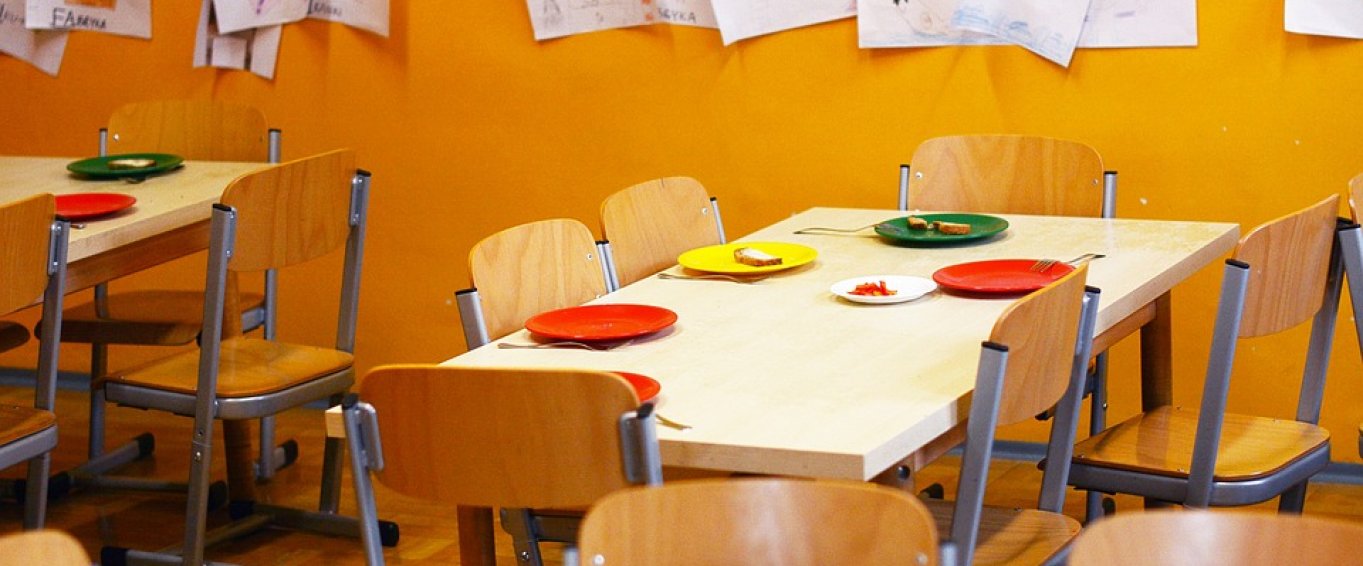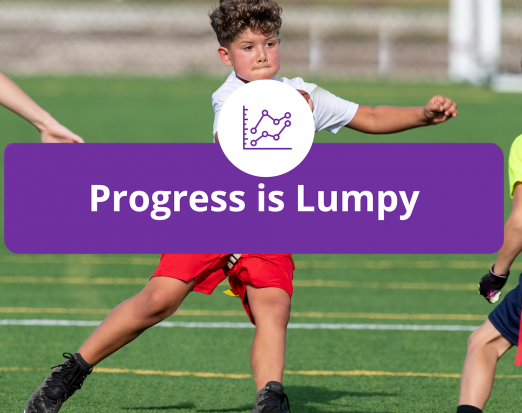The School Dinner Dilemma – How to Pack a Healthy Lunchbox

For many children, the school lunchbox is about more than food. It’s also a comfort blanket; a lifeline to the safest place they know. No matter how scary or stressful the school day might be, they can open that box and think of home.
While not all families pack one, it’s part of life for all schoolkids because everybody has a friend who ‘brown bags’ it. Unfortunately, what’s easily forgotten is the fact a lunchbox is also fuel for afternoon lessons. More than familiarity, it needs to provide the right type of nutrition. It’s got to keep that big brain focused until the final bell.
This is no easy feat. Parents are constantly battling big food brands. Crisp, pop and sweet manufacturers don’t benefit from honesty. They lose out when people get savvy and start reading ingredient lists and RDIs. It’s why even ‘low fat’ products often contain shocking amounts of sugar. Food companies are in the business of deflection and distraction.
Fighting the Food Giants
Take yoghurt brands, for instance. They emphasise the importance of dairy for bones and teeth while packing products with sugar. Parents add them to lunchboxes, unaware that some yoghurts contain MORE than the daily recommended amount. Muller Corners – a favourite with kids due to their chocolatey compartments – topped a list of unhealthiest snacks.
Muller Crunch Corner Toffee Hoops is a cheap lunchbox staple at just 55p. However, one yoghurt contains 18.4g of added sugar, less than a gram below the daily limit. It’s a trend that gets repeated right across the supermarket. Packaged deli meats, cereal bars, readymade sandwiches, and even ‘healthy’ fruit-based snacks all tip the scales. The next time you’re out shopping, take a peek at the labels on your favourite eats. You may be surprised.
So, we come to the most important question. What can parents and schools do to ensure kids get a nutritious lunch? Well, we’ve got to support one another. The vast majority of parents don’t make wrong choices because they don’t care. The reality is, they’re busy. They’re preoccupied. Often, they don’t realise it’s possible to squeeze 12.7g of sugar into a single ‘all natural’ Munch Bunch yoghurt.
Let's Chat about Our Chow
It would be great if every parent scrutinised food labels in the supermarket. There’s room to argue they have a responsibility to do so. Unfortunately, shoulda, woulda, coulda doesn’t cut the mustard when it comes to obesity. It’s time to start shouting and sharing. Without a good diet, kids can’t achieve. So, why aren’t schools sharing information about healthy eating in the same way they share insights on counting, reading, behaviour, and social skills?
We can’t save every child. What we can do is start a culture of sharing that normalises discussions about food. And it starts with the school lunchbox.
Here are some tips for a healthy lunch:
1. Don’t Pack Too Much
One common mistake is to pack too much food. There needs to be enough to fuel the afternoon, but kids should be coming home hungry and ready for tea. Kids aged 2-3 years need 350 cals for lunch. Kids aged 4-8 years should eat between 400-450 cals.
2. Choose Filling Foods
Go light on the carbs. They send blood sugar soaring. It can lead to a crash in the afternoon that affects concentration. Protein is a much better choice. Think tuna, boiled egg, skinless chicken, chickpeas, cheese, and more. Yoghurt is fine, as long as it isn’t full of sugar. Adding fresh fruit to plain Greek yoghurt is an easy way to imitate those sugary supermarket treats.
3. Get Rid of the Juice
It can be tough for kids, but fruit juice of any kind needs to be limited. No matter how healthy it claims to be, it’s a sugary, less nutritious version of actual fruit. Ideally, children should be drinking water with lunch. Using a colourful, themed bottle is one way to encourage healthy hydration. Parents can also infuse tap water with pieces of fresh fruit.
4. Ask the Little Guys
You’d be surprised at how much difference a little engagement can make. If possible, kids should be invited to pick and pack lunchboxes. Even when boundaries are set (no sweeties, for example), the process of choosing their own food can be empowering. And, if they picked it, there’s no excuses for bringing it home uneaten.
The Amaven Healthy Schools Programme promotes healthy eating, physical activity, and support for PE and sports. Join for free and let us help your school engage with parents on the issues that matter. Call 0161 300 9172 to find out more.
Follow us on twitter @MyAmaven for news and updates.





